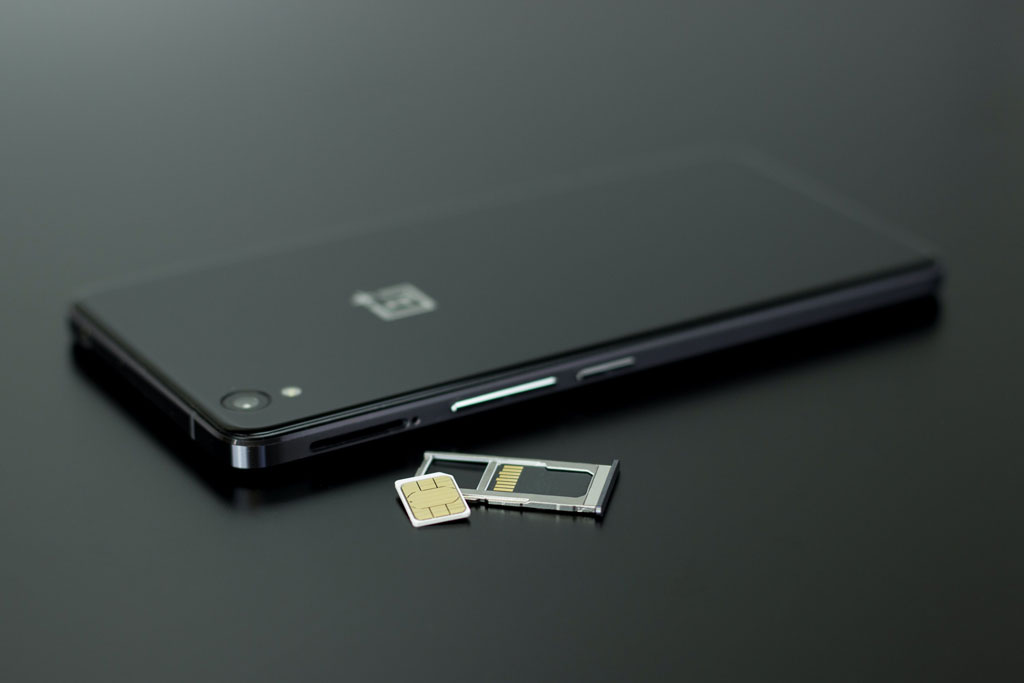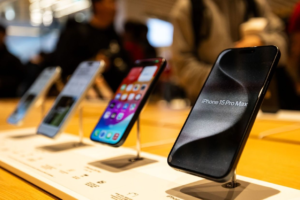Introduction
The world of mobile connectivity has witnessed a significant transformation with the introduction of eSIMs, or embedded Subscriber Identity Modules. These digital marvels have challenged the conventional use of traditional SIM cards, offering a host of benefits that are changing the way we stay connected. In this blog post, we’ll embark on a journey to compare eSIMs vs traditional SIMs, helping you understand the differences, advantages, and which one might be the best fit for your unique mobile needs.
Traditional SIM Cards: A Brief Overview
Before diving into the comparison, let’s take a moment to understand what traditional SIM cards are and how they work.
What are Traditional SIM Cards?
A traditional SIM (Subscriber Identity Module) card is a small, physical chip that is inserted into your mobile device. It contains crucial information, including your phone number, network authentication, and contacts. SIM cards connect your device to a specific mobile network, enabling you to make calls, send texts, and access data services.
eSIMs: Revolutionizing Connectivity
Now, let’s explore the world of eSIMs and why they’re making waves in the mobile industry.
What are eSIMs?
An eSIM, or embedded Subscriber Identity Module, is a digital SIM card embedded directly into your device’s hardware during manufacturing. Unlike traditional SIMs, eSIMs are not removable or replaceable. Instead, they can be programmed remotely with the necessary network information, offering greater flexibility and convenience.
Comparing eSIMs vs Traditional SIMs
Let’s dive into a detailed comparison of these two mobile connectivity options across various factors:
Physical vs. Digital
Traditional SIMs:
– Physical, removable chips.
– Prone to wear and tear or damage.
– Need for physical storage and management.
– Frequent SIM card swapping when changing carriers or devices.
eSIMs:
– Digital, embedded within the device.
– No physical wear or damage concerns.
– No need for physical cards or storage.
– Easy switching between carriers or devices through remote programming.
Carrier Compatibility
Traditional SIMs:
– Locked to a specific carrier.
– Changing carriers requires obtaining a new physical SIM card.
– Often subject to carrier locking policies.
eSIMs:
– Compatible with multiple carriers.
– Easy to switch carriers remotely.
– Ideal for travelers, as you can switch to local carriers instantly.
Device Compatibility
Traditional SIMs:
– Require devices with SIM card slots.
– Compatibility issues with some smaller devices like smartwatches.
eSIMs:
– Compatible with a wide range of devices, including smartphones, smartwatches, tablets, and IoT devices.
– Ideal for smaller devices with limited physical space.
Ease of Activation
Traditional SIMs:
– Activation often requires a physical visit to a carrier store.
– May involve paperwork and identity verification.
eSIMs:
– Activation can be done remotely through QR codes or mobile apps provided by carriers.
– Quick and hassle-free setup without visiting a store.
Multiple Profiles
Traditional SIMs:
– Only one carrier profile per physical SIM card.
– Switching between multiple profiles requires multiple physical SIM cards.
eSIMs:
– Support multiple carrier profiles on a single device.
– Easily switch between profiles without changing physical cards.
International Roaming
Traditional SIMs:
– Often incur high international roaming charges.
– Require purchasing and swapping local SIM cards when traveling.
eSIMs:
– Ideal for international travelers, as you can switch to local carriers seamlessly.
– Avoid high roaming costs by using local eSIM profiles.
Environmental Impact
Traditional SIMs:
– Contribute to electronic waste when replaced.
– Manufacturing and disposal have environmental implications.
eSIMs:
– Reduce electronic waste as they are non-removable and can be reprogrammed.
– Align with sustainability goals and eco-conscious practices.
Data Security
Traditional SIMs:
– Vulnerable to physical removal or theft.
– May be prone to SIM card cloning.
eSIMs:
– Embedded securely within the device, making theft or removal more challenging.
– Enhanced protection against SIM card cloning and unauthorized access.
Physical Space
Traditional SIMs:
– Consume physical space within devices.
– Limit design options for manufacturers.
eSIMs:
– Free up physical space, allowing for more compact and innovative device designs.
– Ideal for slim and lightweight devices.
Future-Proofing
Traditional SIMs:
– May require new physical SIM cards for device upgrades or carrier changes.
– Limited flexibility in adapting to emerging technologies.
eSIMs:
– Easily adapt to new technologies and network advancements through remote updates.
– Future-proof your device with eSIM technology.
Which One is Right for You, eSIMs vs Traditional SIMs?
Now that we’ve compared eSIMs vs traditional SIMs across various factors, it’s time to determine which one suits your specific mobile needs:
Choose Traditional SIMs If:
- You have an existing device with a SIM card slot.
- You are satisfied with your current carrier and don’t plan on switching frequently.
- You prefer the option to physically swap SIM cards when traveling or changing carriers.
- Your device does not support eSIM technology.
Choose eSIMs If:
- You own a device with eSIM support or are considering purchasing one.
- You value convenience, flexibility, and hassle-free activation.
- You frequently travel internationally and want to avoid high roaming charges.
- You prefer a clutter-free, environmentally friendly, and future-proof mobile experience.
- You want the flexibility to switch carriers or plans without the need for physical SIM card changes.
Conclusion
In the evolving landscape of mobile connectivity, the choice between eSIMs vs traditional SIMs ultimately depends on your individual preferences and needs. Traditional SIM cards have been a staple in the mobile industry for decades, but eSIMs are paving the way for a more flexible, convenient, and sustainable future. As device manufacturers continue to embrace eSIM technology, it’s clear that the era of digital connectivity is here to stay. Consider your device, usage patterns, and priorities to determine which solution is the best fit for your mobile needs. Whether you opt for the traditional reliability of physical SIM cards or the digital convenience of eSIMs, both options have their advantages and offer reliable ways to stay connected in our increasingly connected world.





